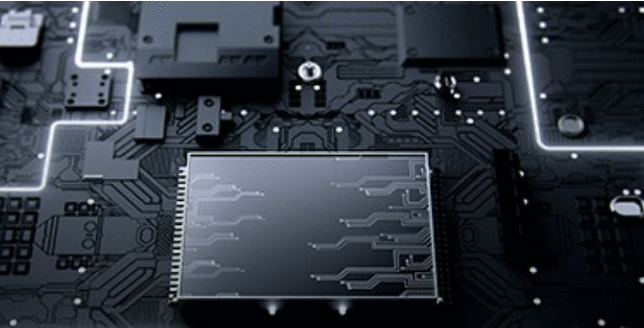What problems should be paid attention to in PCB board lamination design? Let the engineers tell you.
When doing laminated design, there are two rules to follow:
1) Each wiring layer must have an adjacent reference layer (power supply or stratum);
2) Adjacent main power layers and formations should be kept apart to provide greater coupling capacitance.

Let's give examples of two, four and six boards to illustrate:
1. Lamination of single PCB and double PCB
For two-layer boards, EMI radiation control is mainly considered from wiring and layout.
The electromagnetic compatibility of single-layer and double-layer plates is becoming more and more prominent. The main reason for this phenomenon is that the signal loop area is too large, which not only generates strong electromagnetic radiation, but also makes the circuit sensitive to external interference. To improve the electromagnetic compatibility of
the circuit, the simple method is to reduce the loop area of the key signal; Key signals mainly refer to those that produce strong radiation and those that are sensitive to the outside world.
Single and double plates are commonly used in low-frequency analog designs below 10KHz:
1) The power supply in the same layer to radial wiring, and the sum of the length of the line;
2) Close to each other when the power supply and ground cable are connected; Lay a ground cable beside the key signal cable. The ground cable should be as close to the signal cable as possible. In this way, a smaller loop area is formed and the sensitivity of differential mode radiation to external interference is reduced.
3) If it is a double-layer circuit board, a ground wire can be laid on the other side of the circuit board, close to the signal line below, along the signal line, as wide as possible.
2. A stack of four boards
1. The SIG - GND (PWRS) - PWRS (GND) - SIG.
2. The GND - SIG (PWRS) - SIG (PWRS) - GND;
The above two lamination designs are potentially problematic for traditional 1.6mm (62mil) plate thickness. The layer spacing will become very large, which is not conducive to control impedance, interlayer coupling and shielding. In particular, the distance between the power supply layers is large, which reduces the plate capacitance and is not conducive to noise filtering.
The scheme is usually applied to the case of more chips on the board. This scheme can get better SI performance, but is not very good for EMI performance. It is mainly controlled by wiring and other details.
The second scheme is usually applied when the chip density on the board is low enough and there is sufficient area around the chip. In this scheme, the PCB is composed of layers in the outer layer and two signal/power layers in the middle. From the point of view of EMI control, this is the existing 4-layer PCB structure.
Main attention should be paid to the distance between the signal and power mixing layers in the middle, and the direction of the line should be vertical to avoid crosstalk. Appropriate control panel area, reflect the 20H rule.
3. A stack of six boards
For the design of high chip density and high clock frequency, the design of 6-layer board should be considered, and the lamination method is recommended:
1) The SIG - GND - SIG - PWRS - GND - SIG.
The signal layer is adjacent to the grounding layer, and the power layer is paired with the grounding layer. The impedance of each wiring layer can be well controlled, and both layers can absorb magnetic field lines well.
2) The GND - SIG - GND - PWRS SIG - GND;
This scheme is only suitable for device density is not very high, this lamination has all the advantages of the upper lamination, and the top and bottom layer of the ground plane is relatively complete, can be used as a better shielding layer. Therefore, EMI performance is better than this scheme.
Summary: Compare the first plan with the second plan, the second plan will cost a lot more. Therefore, we usually choose one solution when stacking.